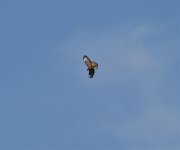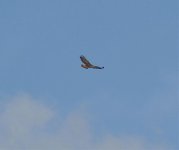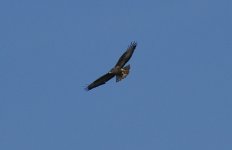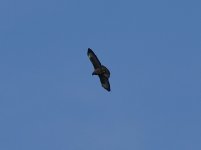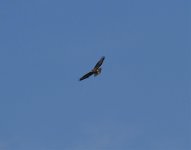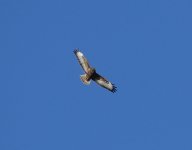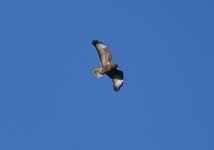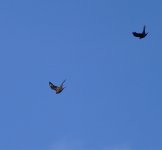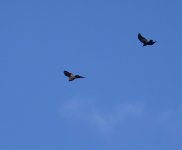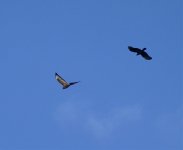KenM
Well-known member
Found this today on Chingford Plain, N.E.London...for some it might be par for the course, however I've certainly not seen a bird with quite as rufous..a tail and tarsi, with an almost black head before? Perhaps it's just the general morphology for this taxa, and nothing distinctly odd?
Cheers
Cheers




